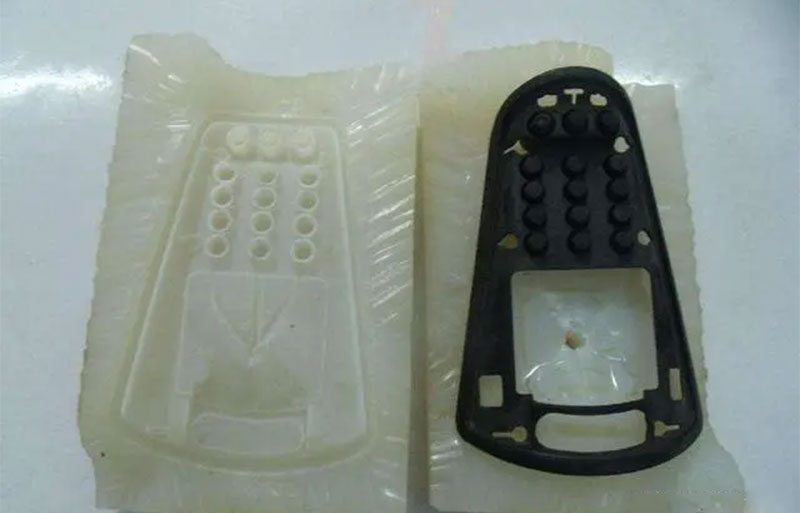The basic process of urethane casting includes prototype preparation, silicone mold production, selection and casting of replication materials, curing and demolding, and other steps. Firstly, it is necessary to prepare an accurate prototype, which can be obtained through 3D printing, CNC machining, or other precision manufacturing techniques. Next, based on the shape and dimensions of the prototype, create a silicone mold. The production of silicone molds is one of the key steps, which requires precise control of parameters such as the mixing ratio, curing time, and temperature of silicone to ensure the accuracy and durability of the mold.

When making silicone molds, the first step is to apply a layer of release agent on the surface of the prototype to prevent the silicone from sticking to the prototype. Then, pour the liquid silicone into the pre prepared mold frame, ensuring that the silicone completely covers the surface of the prototype. During the curing process of silicone, it is necessary to control the temperature and humidity to ensure the accuracy and stability of the silicone mold.
After the silicone mold is cured, the pouring of the replication material can be carried out. The selection of replication materials depends on the specific requirements of the product, such as hardness, toughness, wear resistance, etc. Common replication materials include PU, polyurethane resin, epoxy resin, etc. Before pouring, it is necessary to thoroughly mix the replicated material and control its pouring temperature and speed to ensure the quality and accuracy of the replica.
After pouring, curing and demolding are required. The curing process requires control of time and temperature to ensure that the replica is fully cured and achieves the required physical properties. Be careful during demolding to avoid damaging the silicone mold and replica.
The above is the basic process of urethane casting.


